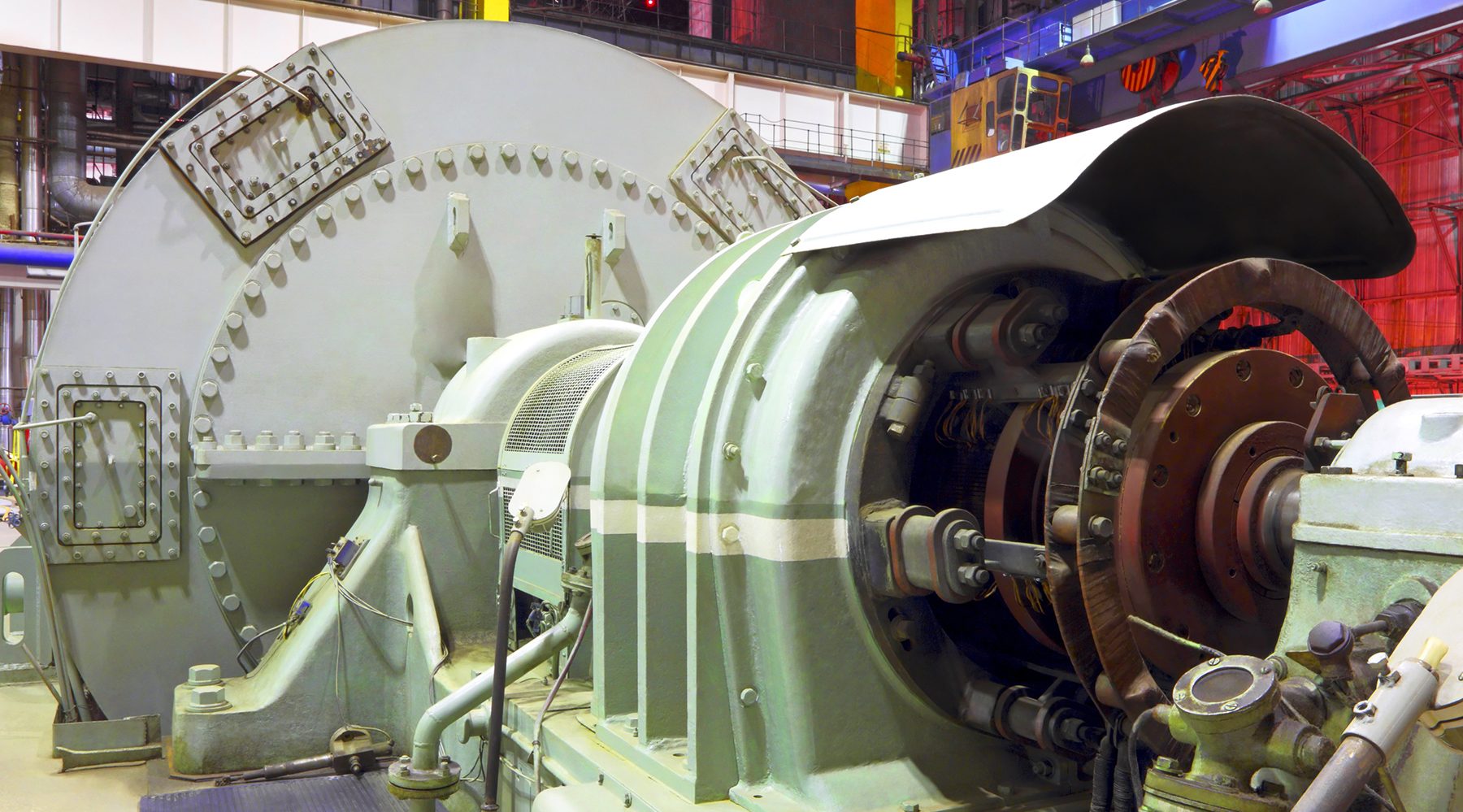Air Permits
AQD operates a dual permitting system — construction permits and operating permits — to control and sources of air pollution.
- A construction permit application is required before a new source is constructed or an existing source is modified.
- AQD issues the construction permit after it is determined the source is designed to meet applicable rules and pre-construction requirements.
- An operating permit is issued after construction is completed and demonstration is made that the source is capable of meeting applicable emissions limitations and air pollution control requirements.

E-Permitting (Retired)
Web application for Air Quality permit application submittal and management.
Permit Guidance
Policy and guidance documents to aid in application submittal
🖩 Storage Tank Emissions Calculation Tool – for fixed roof and horizontal organic liquid storage tanks
General Permits & Permits-by-Rule
Streamlined permitting mechanisms for certain common industry categories that have similar operations, emissions, and regulatory applicability
Forms & Applications
Forms are grouped by industry sector
Public Participation & Issued Permits
Draft Permits for Public Participation
Air Permits Open for Public Petition
Permit Application Status
Issued and Permits
Permits issued over the past year
Permit Applications and Applicability Determination Submittals
For submittal, use the following: AQD_APU@deq.ok.gov
Oil & Gas General Permit Notification of Modifications (NOM) and Oil & Gas Permit by Rule Notice of Enforceability (NOE) Submittals
For submittal, use the following: AQDPermitsOGGPandOGPBRNotifications@deq.ok.gov
Questions and/or Other Submittals?
- Email: Contact Richard Kienlen / Phillip Fielder or
- Air Permits Division: 405-702-4100 (ask for permit assistance) or
- Go to our Contacts page for specific questions on air permit issues

